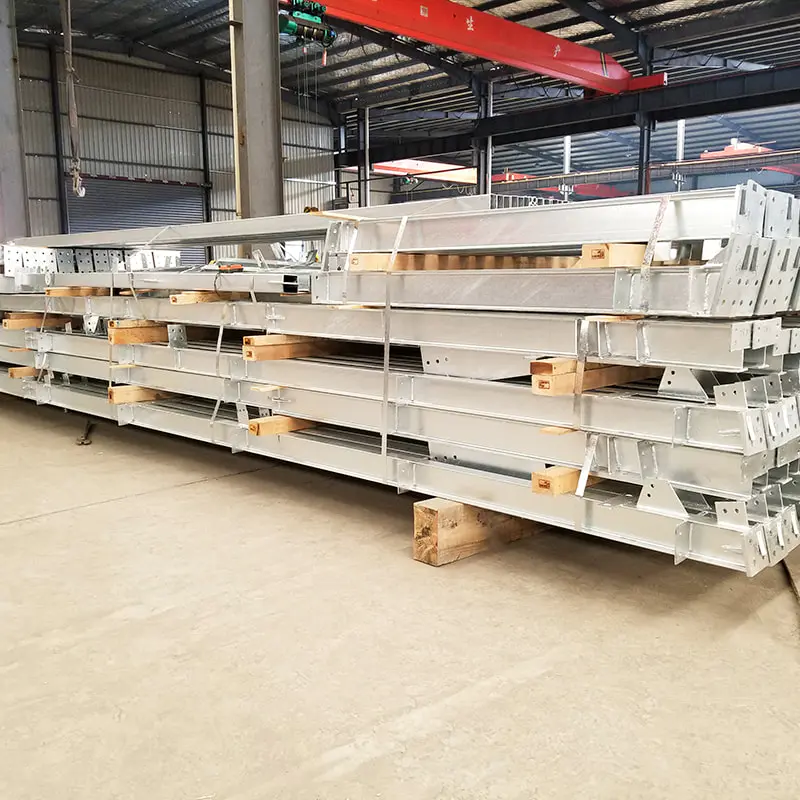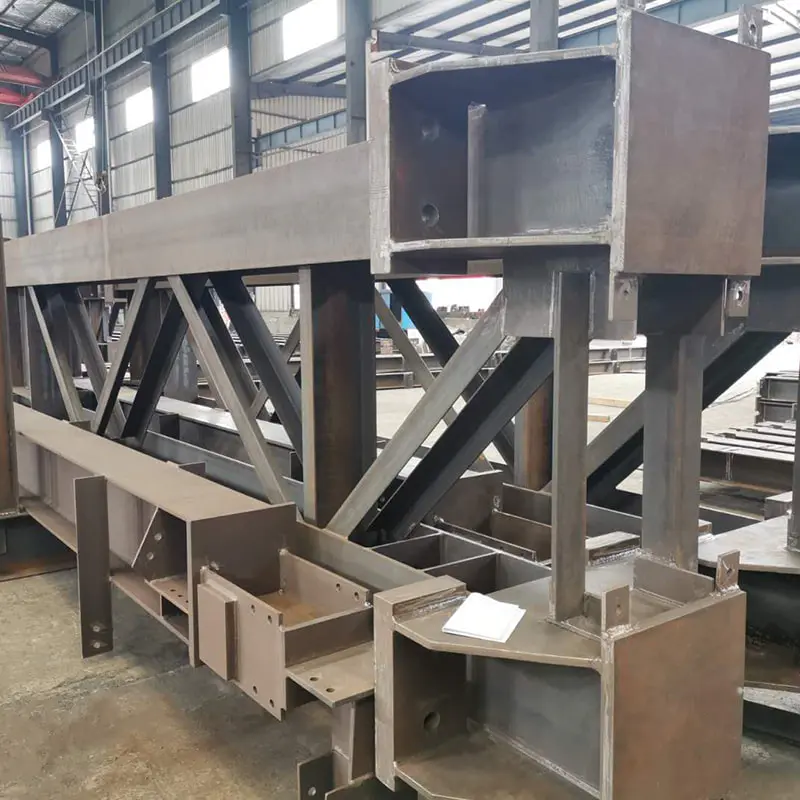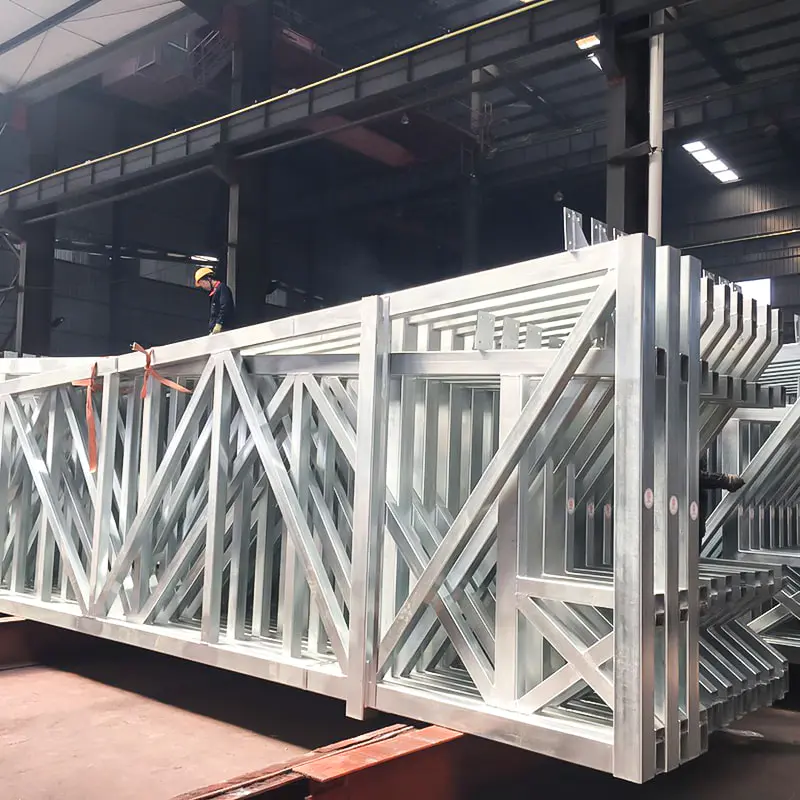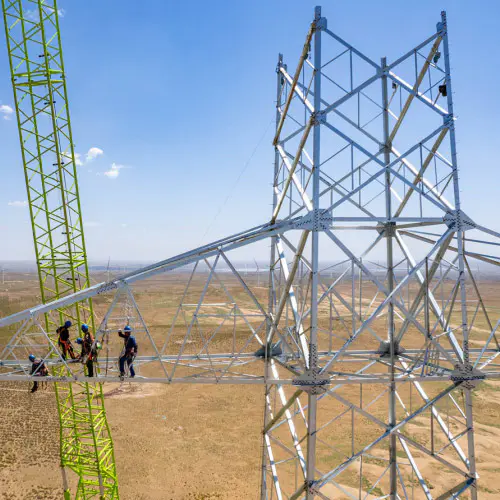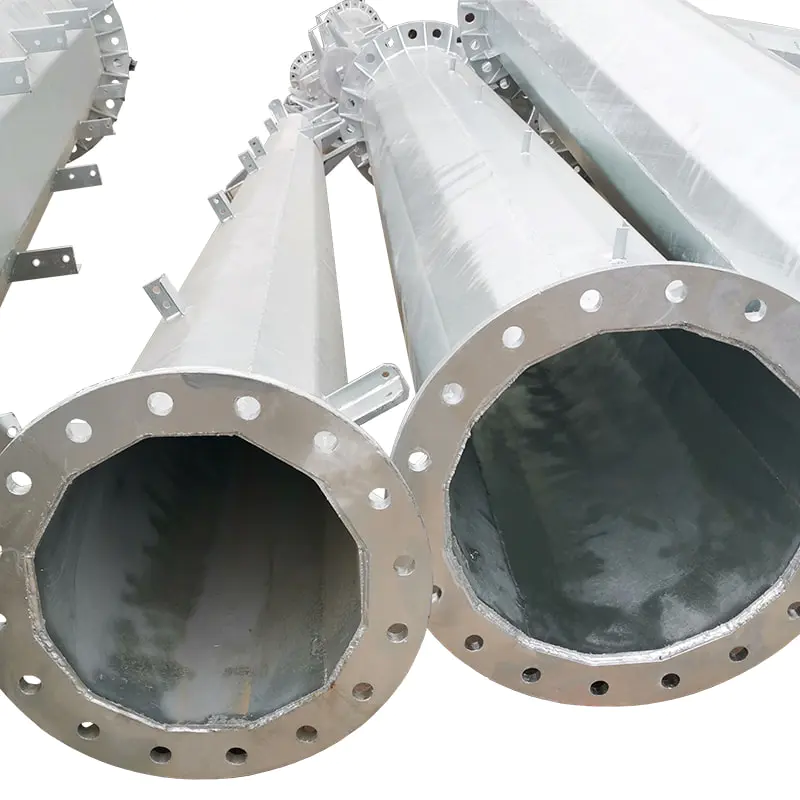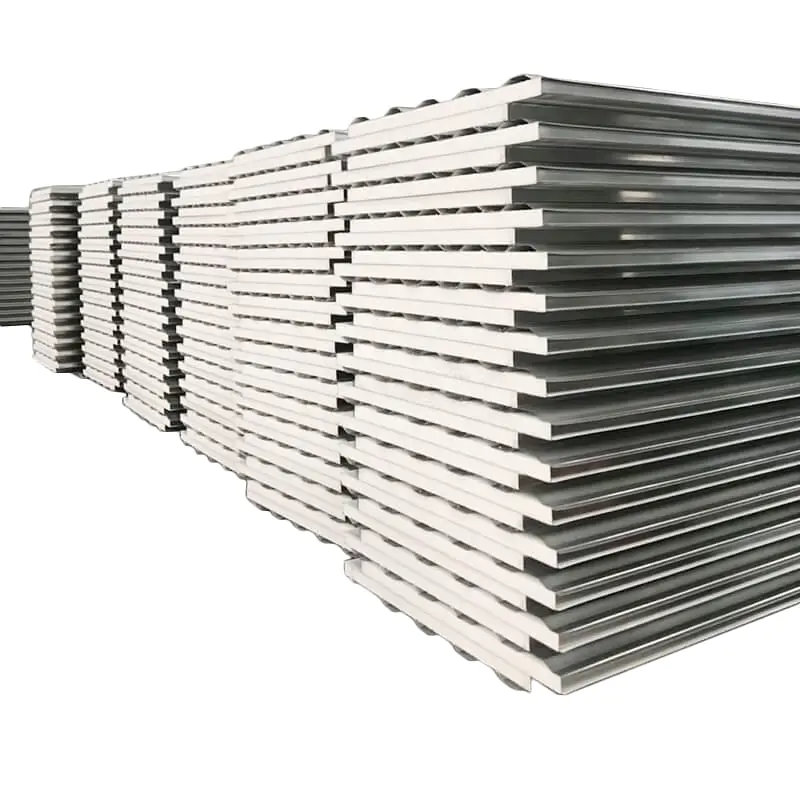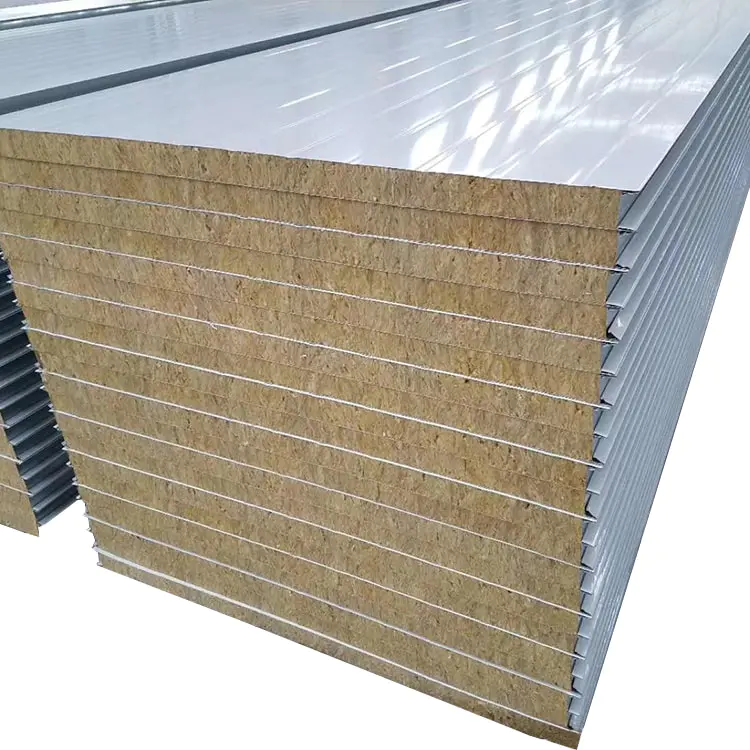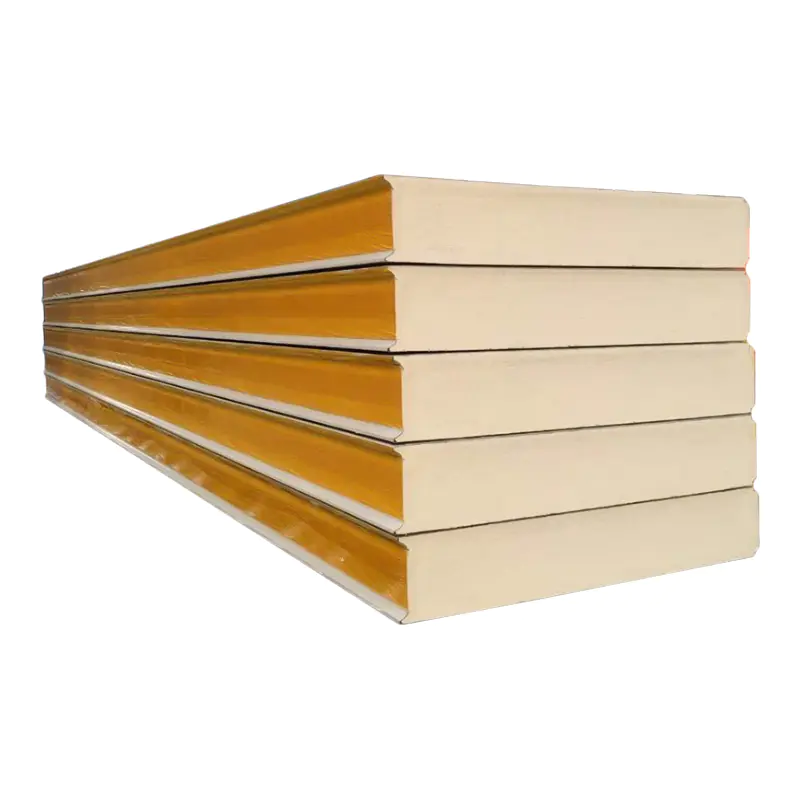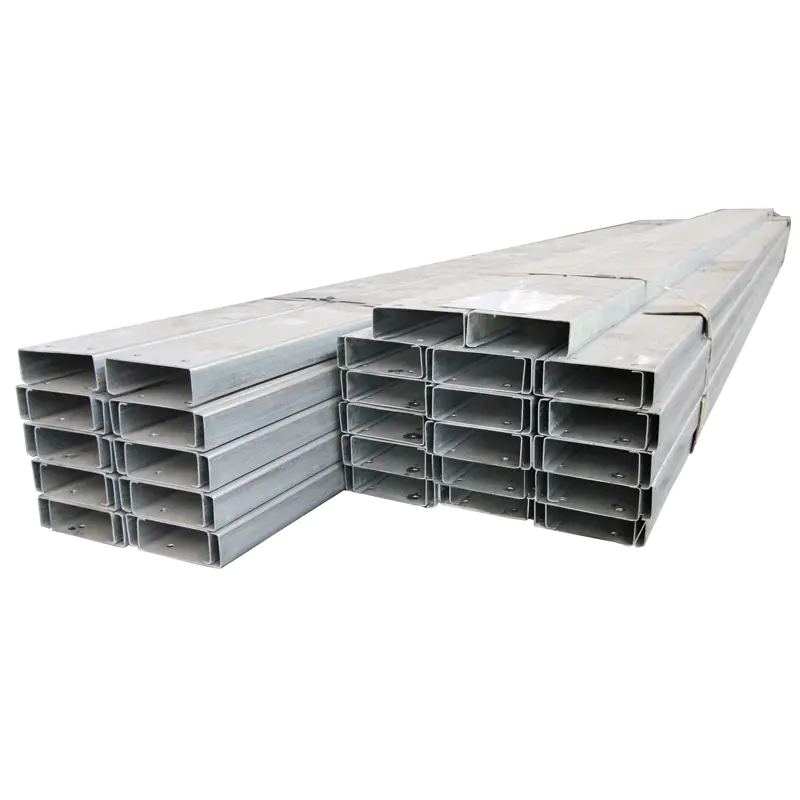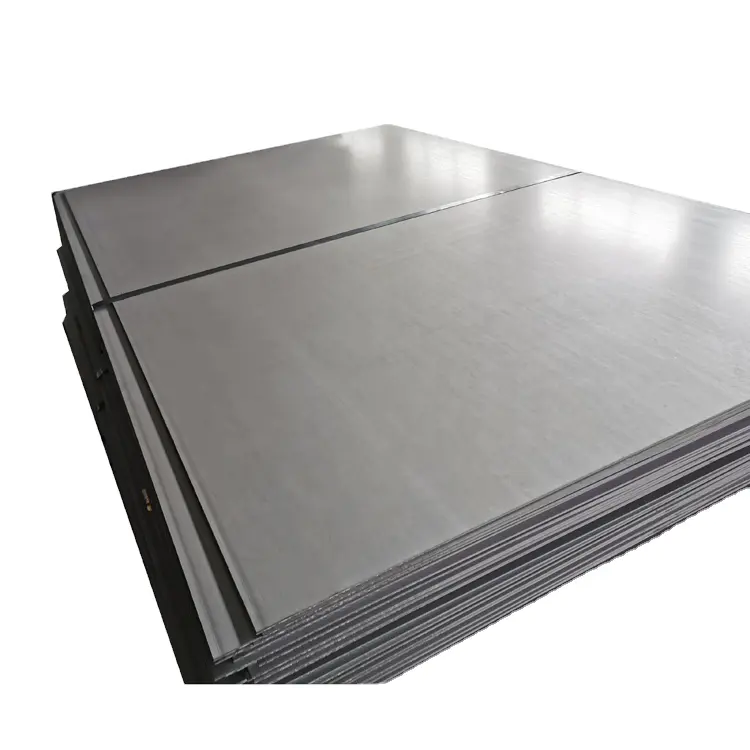As the construction industry pursues high efficiency and low carbon, modular design is becoming one of the core technologies in the field of steel structure engineering. Through the innovative ideas of standardization and prefabrication, it significantly simplifies the installation process of Steel Columns and Beams, providing a new solution for construction efficiency and cost control.
The essence of modular design: from "on-site assembly" to "plug and play"
In traditional steel structure construction, the installation of Steel Columns and Beams depends on on-site cutting, welding and debugging, which is not only time-consuming and labor-intensive, but also easily affected by factors such as weather and manpower. Modular design reconstructs this process through the following core logic:
Factory prefabrication and precision control Steel columns, steel beams and other components are standardized in the factory. With the help of CNC machine tools and BIM (Building Information Modeling) technology, the dimensional error is ensured to be less than 2 mm, which is far higher than the on-site processing accuracy.
Node connection system optimization Modular design pre-sets bolt holes, slots or welding interfaces, so that components can be assembled quickly in a "Lego-style" manner on site. For example, a high-rise project in the United States uses steel beams with pre-installed end plates, which shortens the installation time of a single beam by 60%.
Reduce on-site processes and manpower dependence According to statistics, modular steel structure projects can reduce 70% of high-altitude welding operations. Workers only need to position and tighten according to the drawings to complete the main construction, greatly reducing safety risks.
Data-driven efficiency leap
A case analysis by ARUP, a world-renowned engineering consulting company, shows that for steel structure projects using modular design, the installation cycle of Steel Columns and Beams is shortened by an average of 40%, and the overall cost is reduced by 25%. Taking a commercial complex in Singapore as an example, its steel frame installation cycle is compressed from 12 weeks in the traditional model to 7 weeks, and the component scrap rate is reduced from 8% to 1.5%.
Sustainability and industry prospects
Modular design not only improves efficiency, but also deeply fits the concept of green buildings. Prefabricated components can reduce on-site waste and energy consumption, while standardized steel columns and beams are easier to disassemble and recycle in the future. According to Market Research Future, the steel structure modular building market will grow at a compound annual growth rate of 6.8% from 2023 to 2030, becoming the mainstream choice for industrial and civil buildings.
Challenges and responses
Despite its significant advantages, modular design needs to overcome the pain points of transportation restrictions and high initial investment. In response, the industry is continuously optimizing solutions through split module design (disassembling large steel beams into transportable units) and digital collaboration platforms (integrating the entire process of design, production, and construction).

